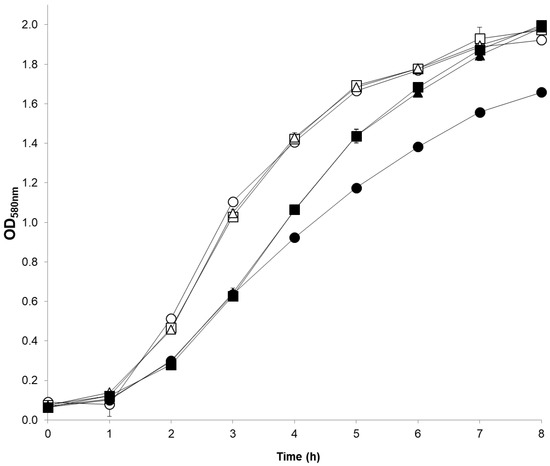

The antibiotic resistance pattern was found to be highly resistant to methicillin (100%), penicillin (98%), ampicillin (96%), cefotaxime (80%) ciprofloxacin (78%), erythromycin (72%), cefepime (66%), cefoxitin (64%), oxacillin (56%), gentamycin (40%), tetracycline (8%), and rifampicin (8%) whereas clindamycin (4%) is the least resistant antibiotic. aureus.Īll the isolates studied were observed to be resistant to ≥ 3 antibiotics, so they were categorized as multidrug resistant (MDR). All the isolates were coagulase positive and confirmed to be S. Therefore, the aim of this study is to evaluate the different phenotypic methods used for MRSA detection and to compare the sensitivity and specificity of the detection methods.Ī total of 50 staphylococcal isolates were used in this study, and the isolates were collected from pus (n = 31), urine (n = 2), sputum (n = 2), wound swab (n = 2), blood (n = 1), umbilical swab (n = 1), bronchial fluid (n = 1), catheter tip (n = 1), and some unknown (n = 9). The phenotypic identification methods for MRSA in diagnostic laboratories should be simple, rapid, sensitive, and accurate. The phenotypic methods used for the identification of MRSA include oxacillin MIC (agar dilution/broth dilution) or E-strip, oxacillin disk diffusion, and oxacillin agar screen tests and recently identified cefoxitin disk diffusion (CFD) method. All these factors make the phenotypic MRSA identification more complicated. But non- mecA-resistant strains are also reported.

The presence of mecA is highly conserved in MR staphylococci, which remains the gold standard for the detection of MRSA. But the phenotypic expression of false resistance in BORSA can vary depending on the external growth determinants such as temperature, osmolarity, and supplementations like NaCl and glucose. These BORSA strains have made the detection method so complicated, which is predicted to exist as a result of modified acylation rate due to point mutation. BORSA isolates are characterized as small populations that exhibit an intermittent MIC ranging from 4 to 8 μg/mL even in the absence of mec genes. The existence of a BORSA has made the detection of MRSA more complicated. They were found to have 69% homolog to mecA gene, while the gene product had an identity of 63%. Recently, the first case of a gene conferring resistance as homology to mecA that carries novel PBP ( mecC) was reported. PBP is encoded by mecA genes that confer resistance to all β-lactam antibiotics. aureus is conferred by the acquisition of a new bacterial penicillin-binding protein (PBP) called low-affinity PBP. The incidence of MRSA in India is endemic among which the prevalence of community-associated MRSA (CA-MRSA) varies from 25% in North to 50% in southern part of India.

MRSA has turned out to be a key pathogen in nosocomial infections due to its exceptional repertoire of virulence factors and its ability to persist in the wide variety of antibiotic environment exhibiting heterogeneous community. WHO recently listed MRSA as a highly riskiest pathogen. aureus (BORSA), in which isolates without mec gene factor tend to show moderate resistance to β-lactam antibiotics caused by hyper β-lactamase production. aureus has been developed, called borderline oxacillin-resistant S. At present, a new resistant variant in S. Genotypically, MRSA is determined by the presence of mec gene factors.

Later this acronym is used for resistance of S. In early 1960s, those strains showing resistance to methicillin antibiotic were termed methicillin-resistant S. They cause a wide range of soft tissue infections, such as endocarditis, bloodstream infection, and osteomyelitis. Staphylococcus aureus is one of the predominant nosocomial pathogens causing serious healthcare problems.


 0 kommentar(er)
0 kommentar(er)
